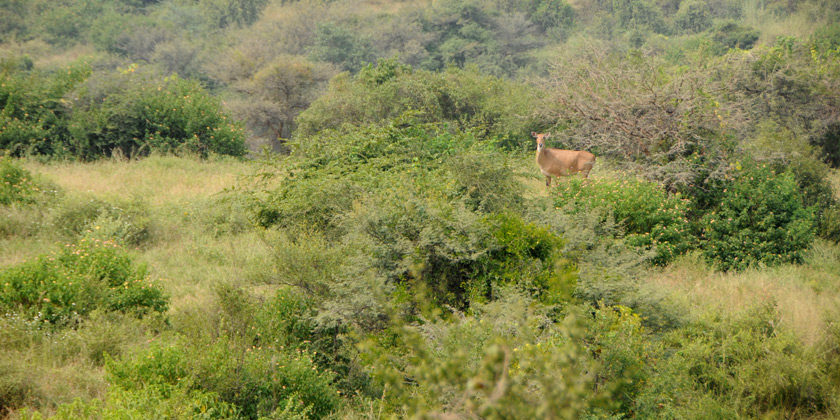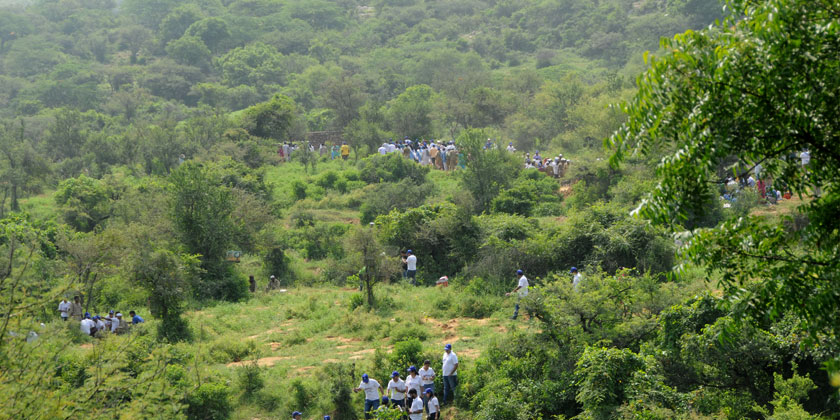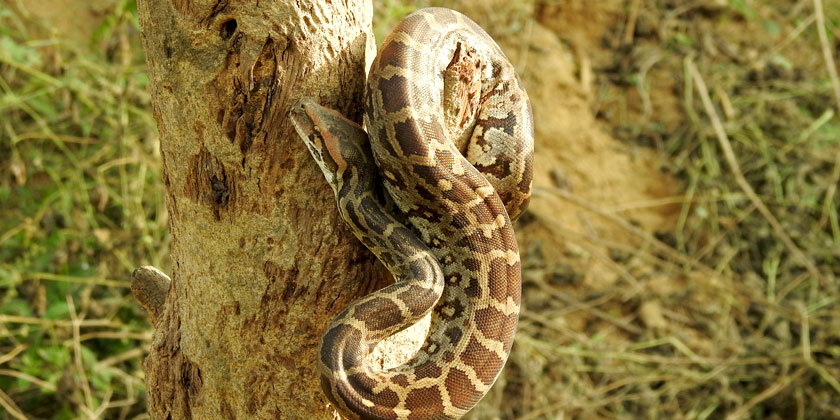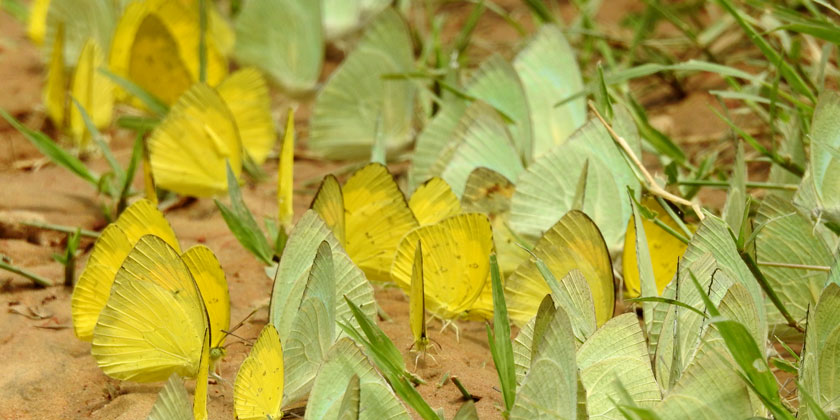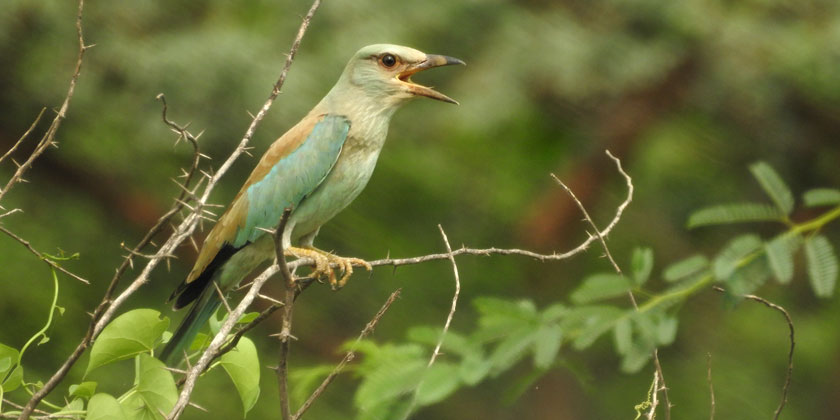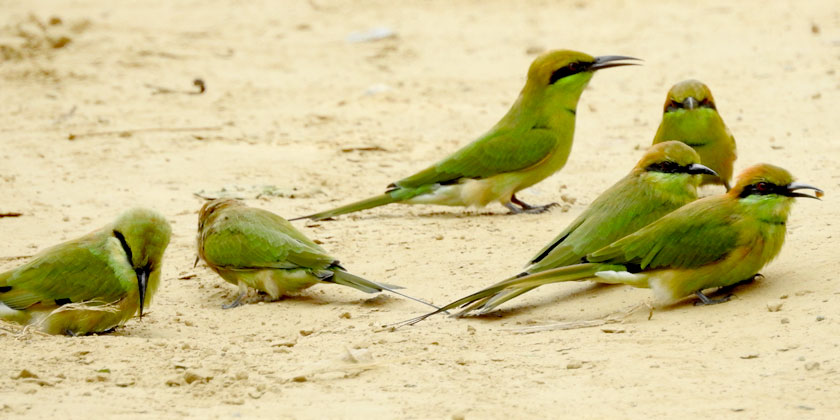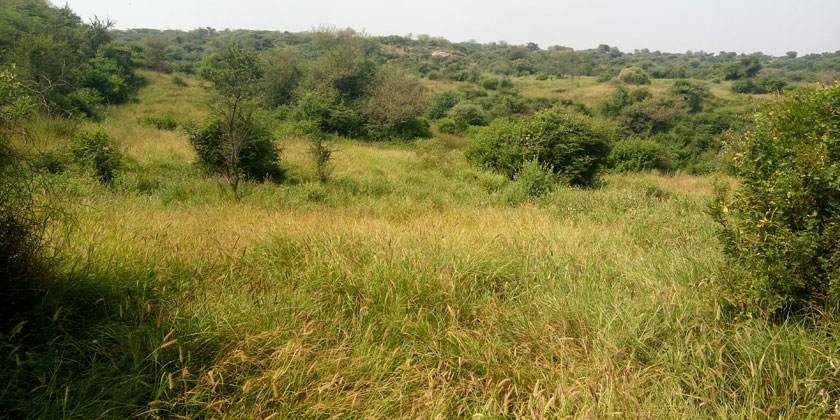Tilpath Valley Biodiversity Park
Tilpath Valley Biodiversity Park spreads over an area of 69.56 ha on the Southern Ridge that is contiguous with Aravalli ranges of Haryana. The Park embodies picturesque valleys enclosed all around by hills that are further connected with other valleys of Asola and Bhatti Wildlife Sanctuaries and Aravallis of Haryana. These valleys receive drainage from all the surrounding hill ranges and extensive Chattarpur plateau and recharge into aquifer system of South Delhi. Mythologically, Tilpat village gains a mention in local legends; it was one of five villages demanded by Pandavas from Duryodhana. When Pandavas were defeated in Chausar they were forced to leave the state for 13 years. After long time, the Pandvas sent a message to the Kauravas that they won't lay their claim to the throne if they were given just five villages. Tilprastha (Tilpat), being a resource rich landscape, was one of them.
To restore the highly degraded Aravalli landscape, TVBP is DDA’s initiative which not only conserves the relicts of the Aravalli’s existing flora and fauna but also recreates its native biotic communities. Because of its natural scenic landscape, recharging zone of ground aquifers, potentiality to store and recharge millions of cubic meter of rainwater harvested annually from a vast Chattarpur plateau, relicts Aravalli vegetation, and potential to attract large carnivores form Haryana ranges, the DDA declared Tilpath Valley to be developed as Biodiversity Park.
Landscape before Restoration:
Before plantation, the area had deep and shallow valleys, sand/stone/morrum mined Quarries, flat lands, gentle slopes and steep slopes, hill tops and ridges. These different landscapes features were highly degraded and devoid of green cover except few scattered trees of Prosopis juliflora. Weeds such as Lantana and Parthenium had also invaded the entire area. There were springs in the area but all of them dried up due to destruction of recharging zones as a result of clearing the vegetation that act as sponge.
.
Strategies Adopted for Restoration of degraded areas:
A total of 105 tree species belonging to 15 plant communities were planted at Tilpath Valley. Selection of each plant community depends on the basis of topography of terrain.
Low lying and plain area are developed into grasslands and broadleaved tree species. The gentle slopes and upper reaches of valleys are developed into tropical dry deciduous forest ecosystem dominated by species like Madhuca (Mahua), Diospyros (Tendu), Haldina (Haldu), Butea (Dhaak), Holoptelea (Chilbil), Dalbergia (Shisham), Aegle marmelos (Bael) etc.
The steep slopes are developed into open thorny forest ecosystem with dominant species like Boswellia (Bael) and Commiphora (Guggul) and associated species like Albizia (Siris), Anogeissus pendula (Dhawa), Prosopis cineraria (Sami) etc.
The ridges and hill plateaus are covered with native shrub-lands with species like Grewia (Phalsa), Carissa (Karaunda), Capparis (Karel), Lycium (Goji beri), Ehretia (Chamror), Zizyphus (Ber), Cordia (Lisoda) etc.
Grasslands:
Grasslands or rangelands are critical ecosystems that not only generate a variety of ecological services for the society but also enhance the trophic levels of the area. The major species found in the grasslands are Cenchrus, Heteropogon, Chrysopogon, Aristida, Desmostachya etc. Grasslands once developed on hilltops will also help in reviving springs and generating water for the area. These ecosystems also form the food base for herbivores and support higher trophic levels such as carnivores. Plenty of grassland birds such as Red avadavat, Indian Silverbills, Bee-eaters, House sparrows, Grey Francolin, Pied Bushchat, Crested Lark, Paddyfield Pipit are there to spot on. Animals like Indian Hare and Jackal are also there to spot on.

